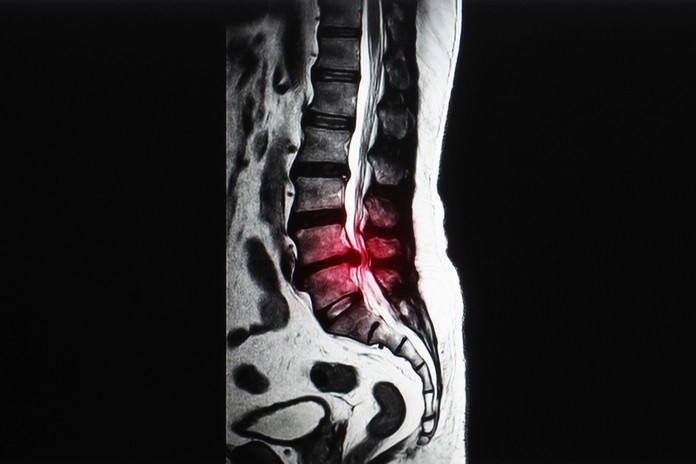Mechanical and Axial Back Pain

Current literature on the pathophysiology of axial back pain shows that this clinical problem is often secondary to a structural dysfunction in the spine. Common causes include degenerative discs, disc herniation, increased loadings in the facet joints, and musculoligamentous sources of back pain, including muscle overuse syndrome, rapid muscle lengthening, and chemical irritation associated with an accumulation of lactic acid.
Other studies have focused on the neuropathic nature of axial back pain, showing that 12% of patients with axial back pain would also display a neuropathic component. Back pain is no longer classified as axial or mechanical but radicular back pain in these cases. Thus, both mechanical back pain and axial back pain are two different ways to describe the same medical entity. They are both associated with structures in the back; they may be aggravated with neuropathic signs and symptoms and are associated with posture, muscle weakness, and muscle overuse.
